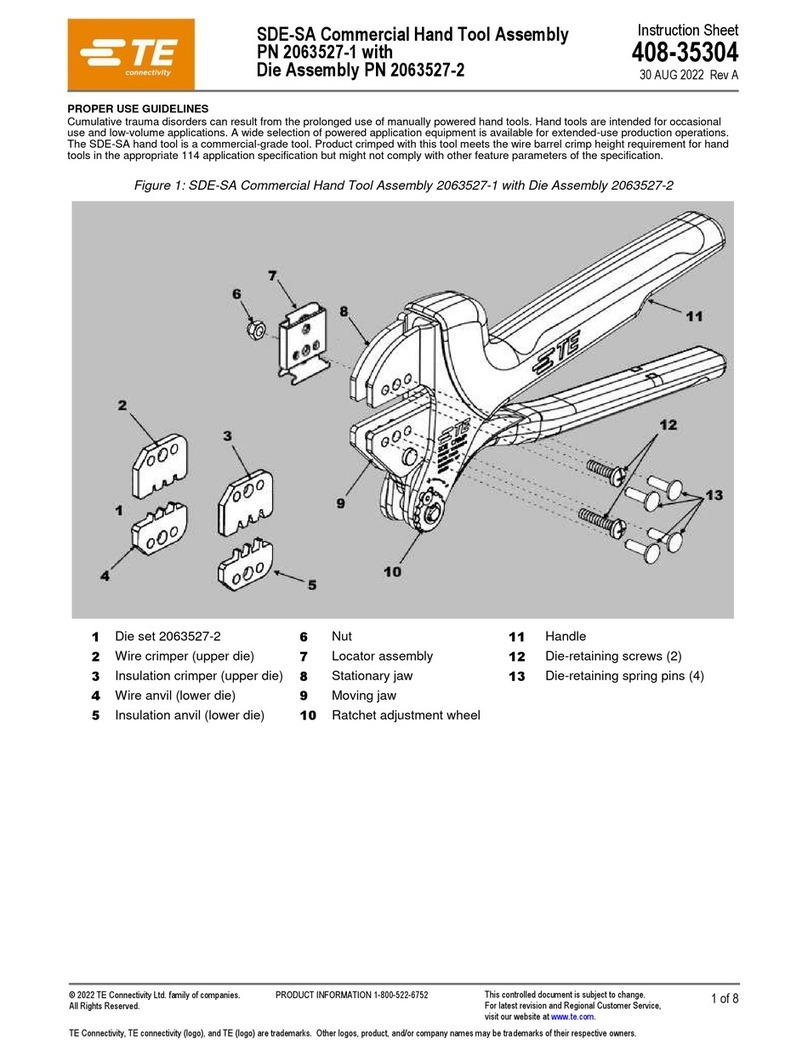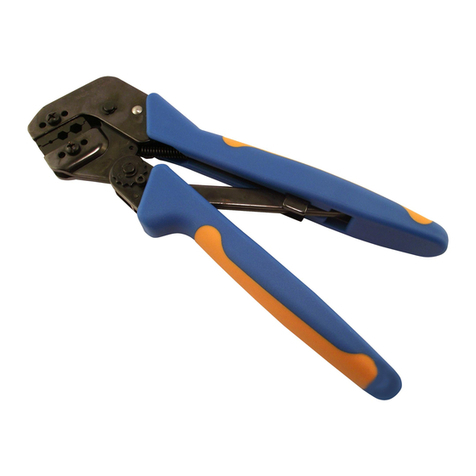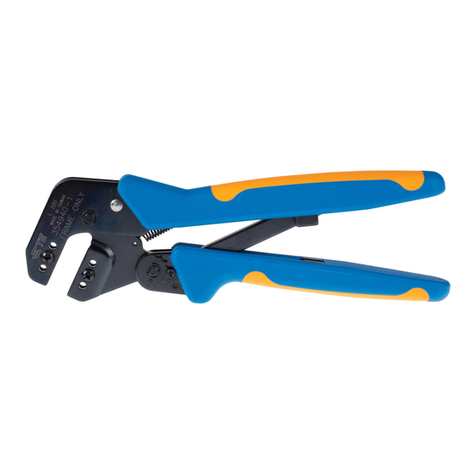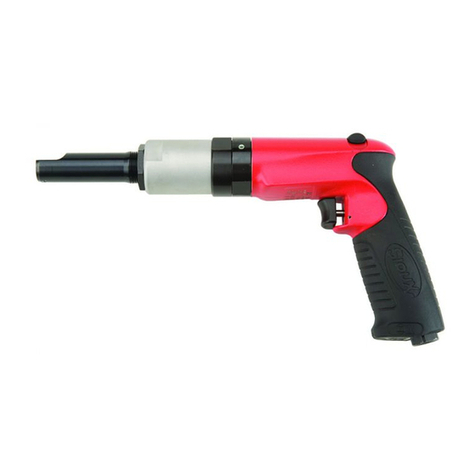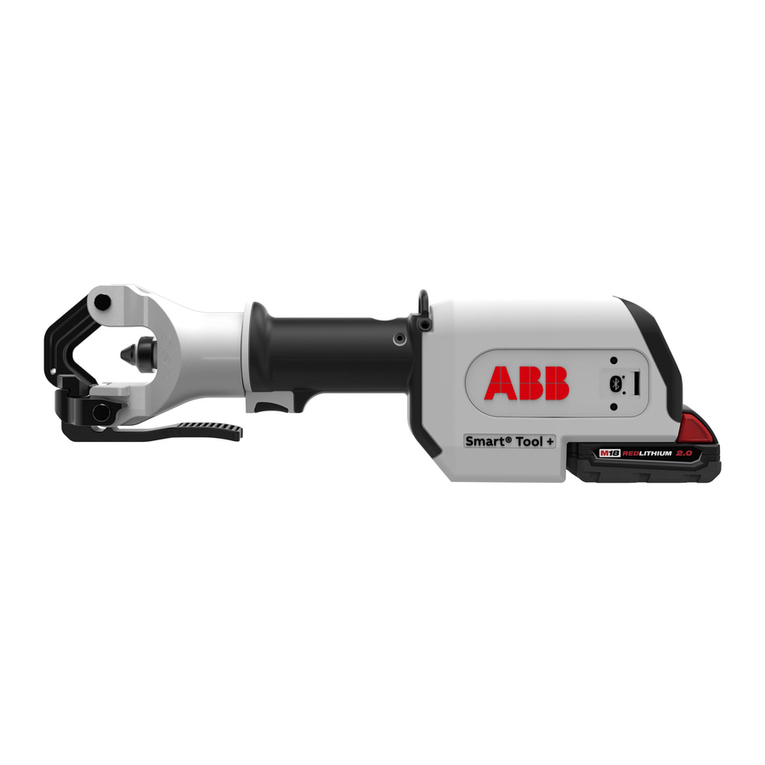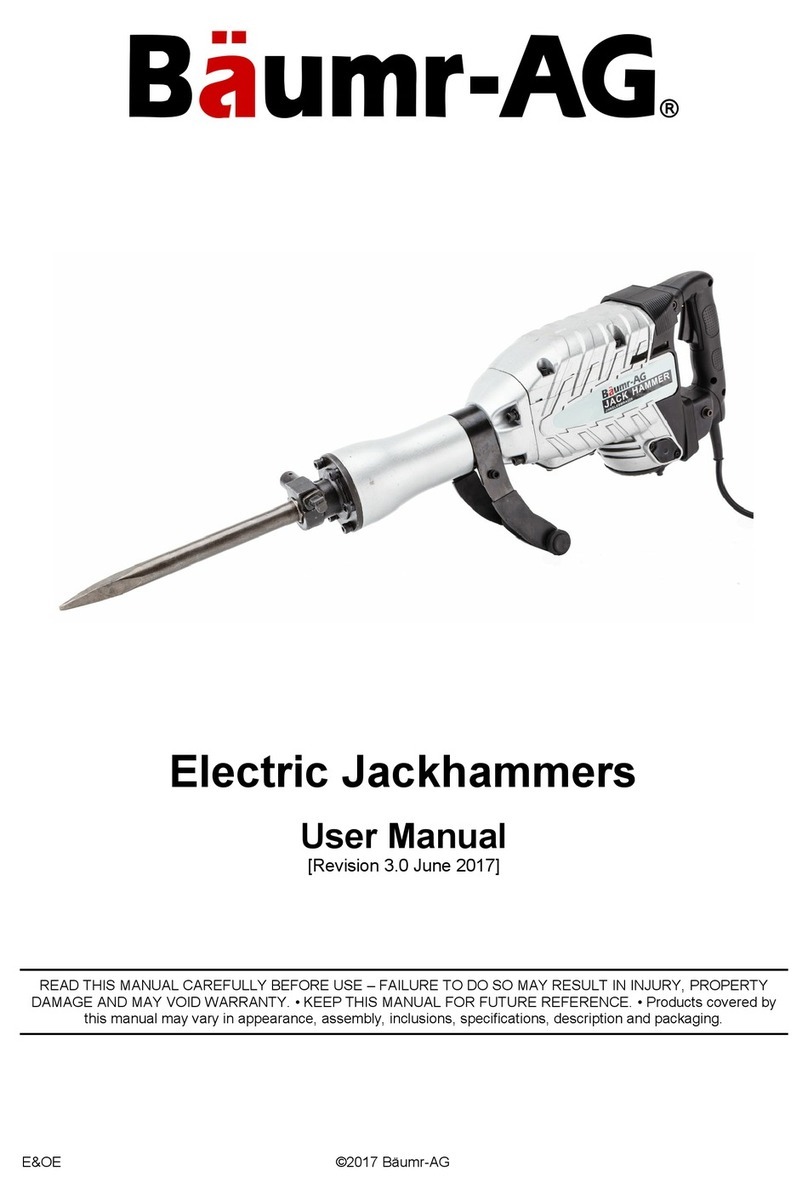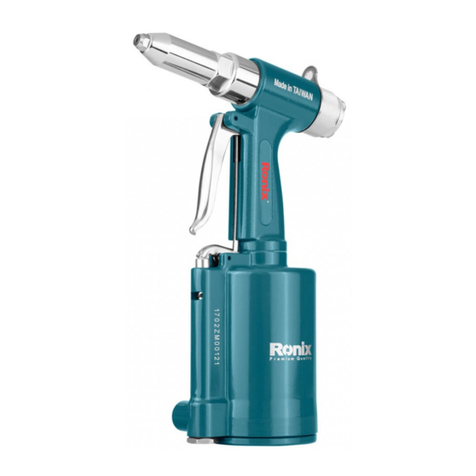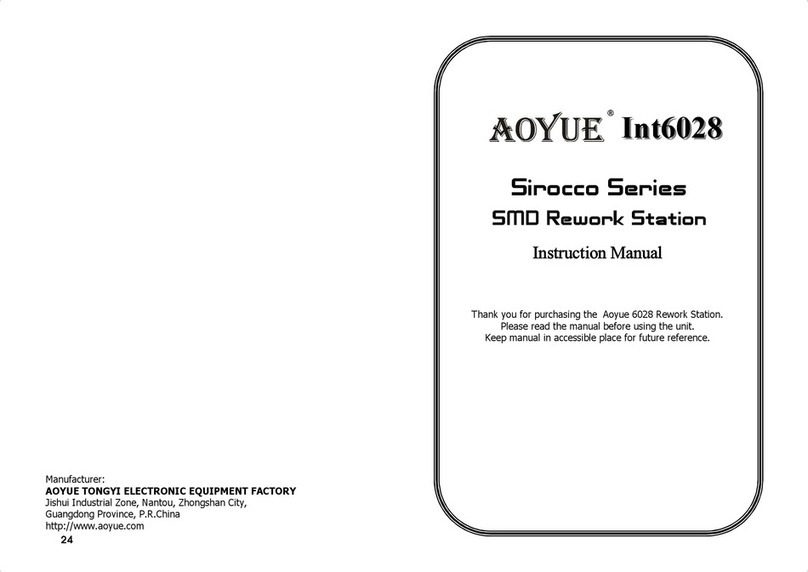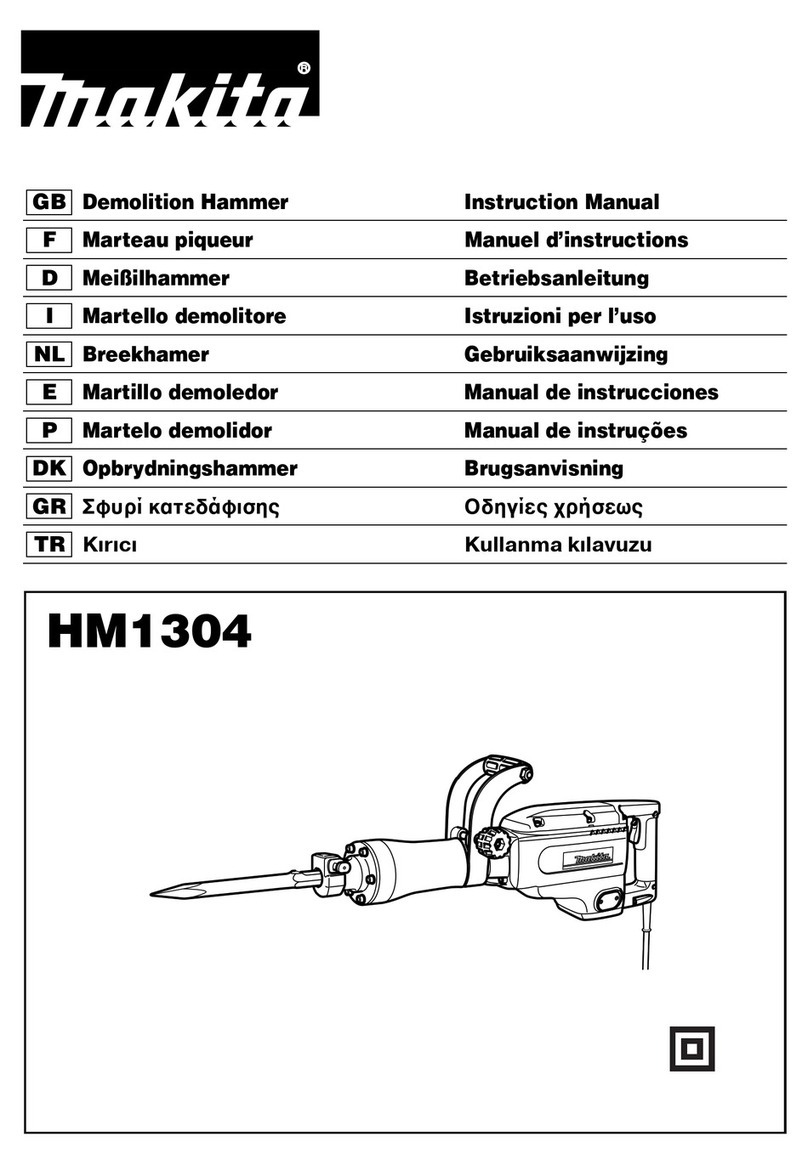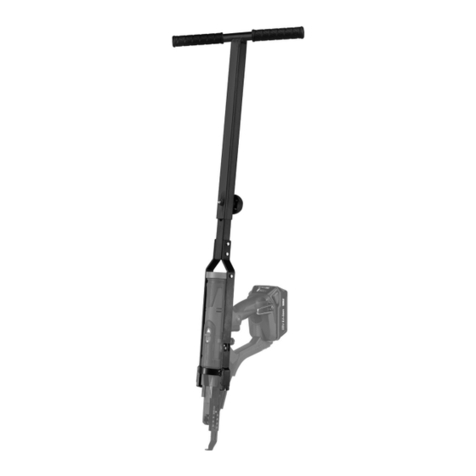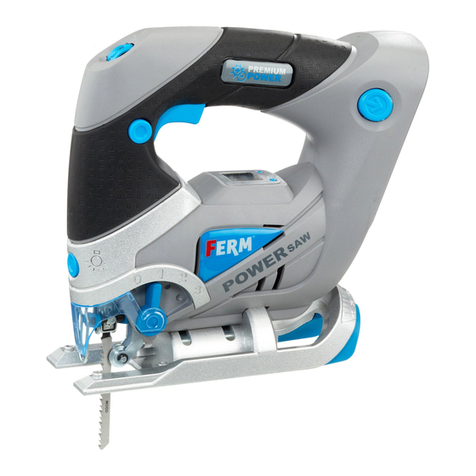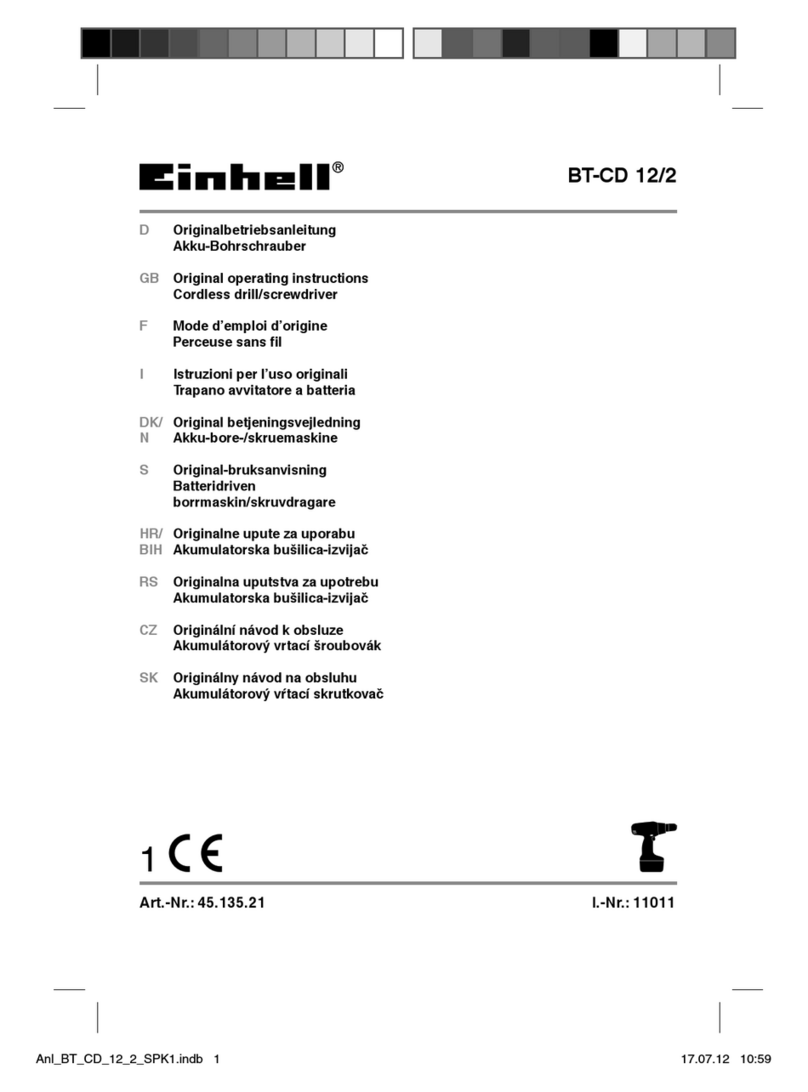TE Connectivity 2390276-1 User manual
Other TE Connectivity Power Tools manuals
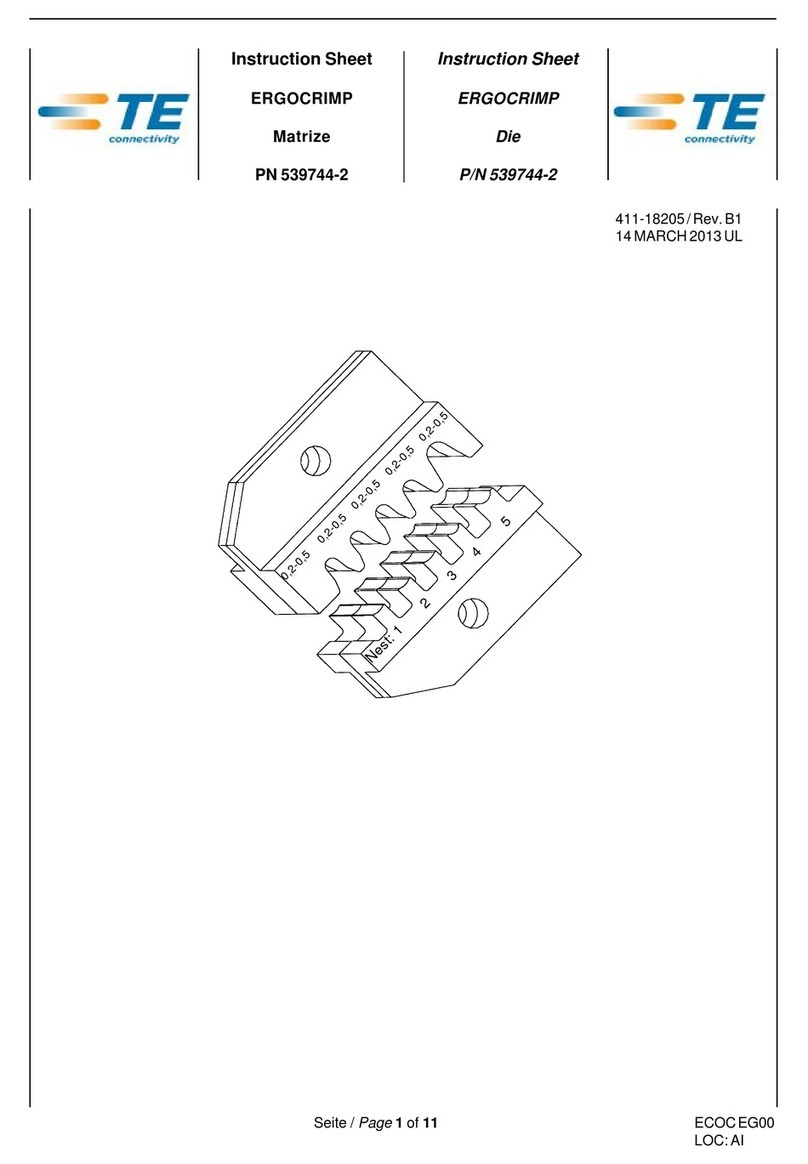
TE Connectivity
TE Connectivity 539744-2 User manual
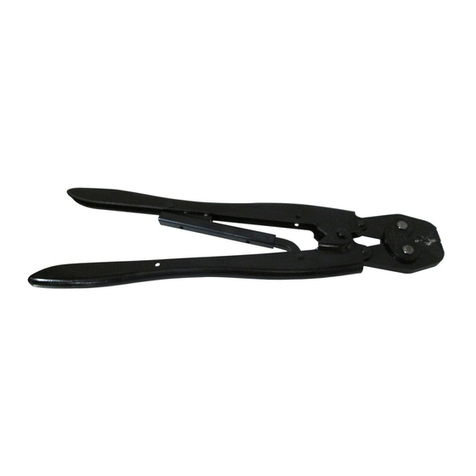
TE Connectivity
TE Connectivity 46447 User manual
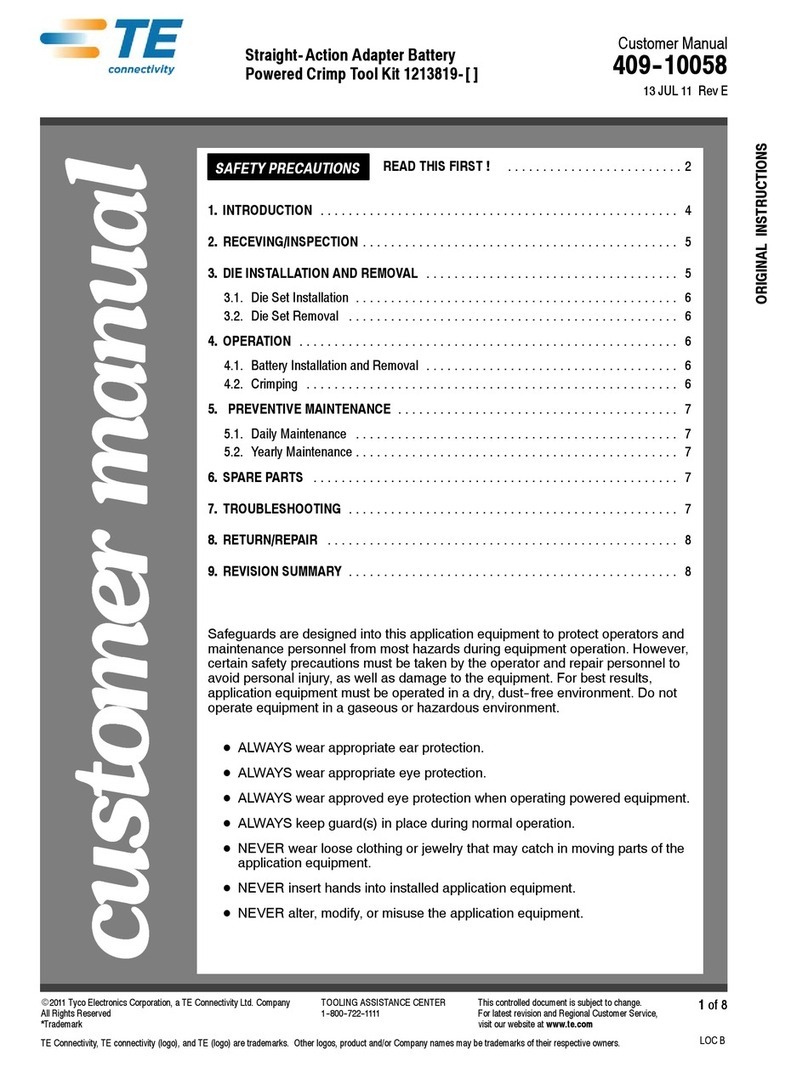
TE Connectivity
TE Connectivity 1213819-1 Reference guide
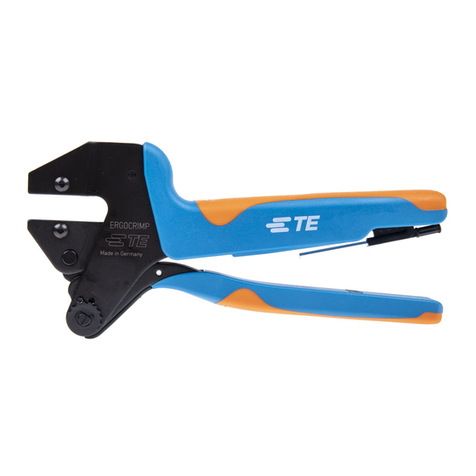
TE Connectivity
TE Connectivity ERGOCRIMP User manual
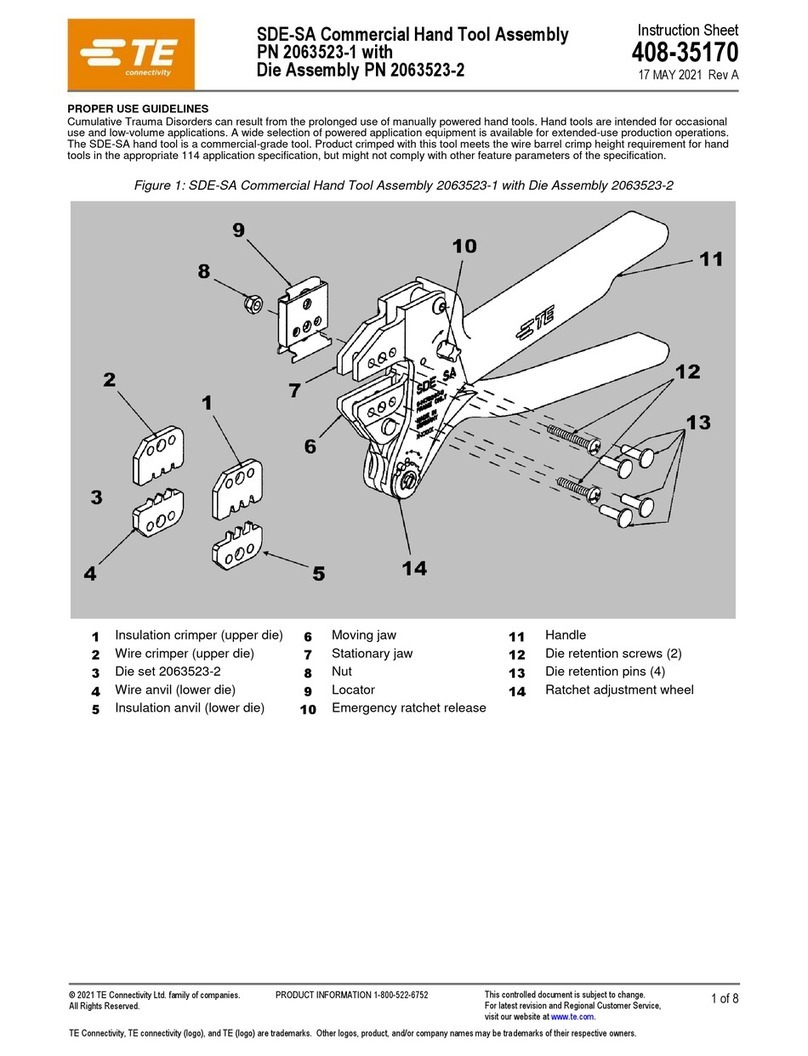
TE Connectivity
TE Connectivity 2063523-1 User manual
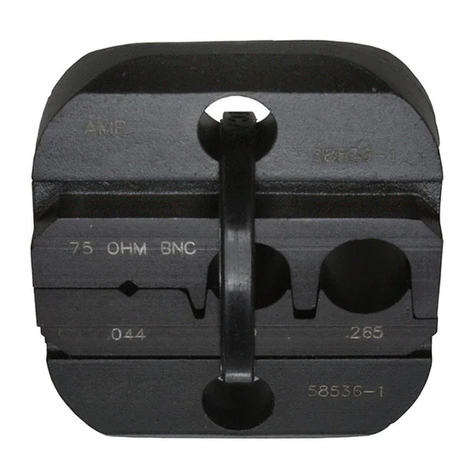
TE Connectivity
TE Connectivity 58536-1 User manual
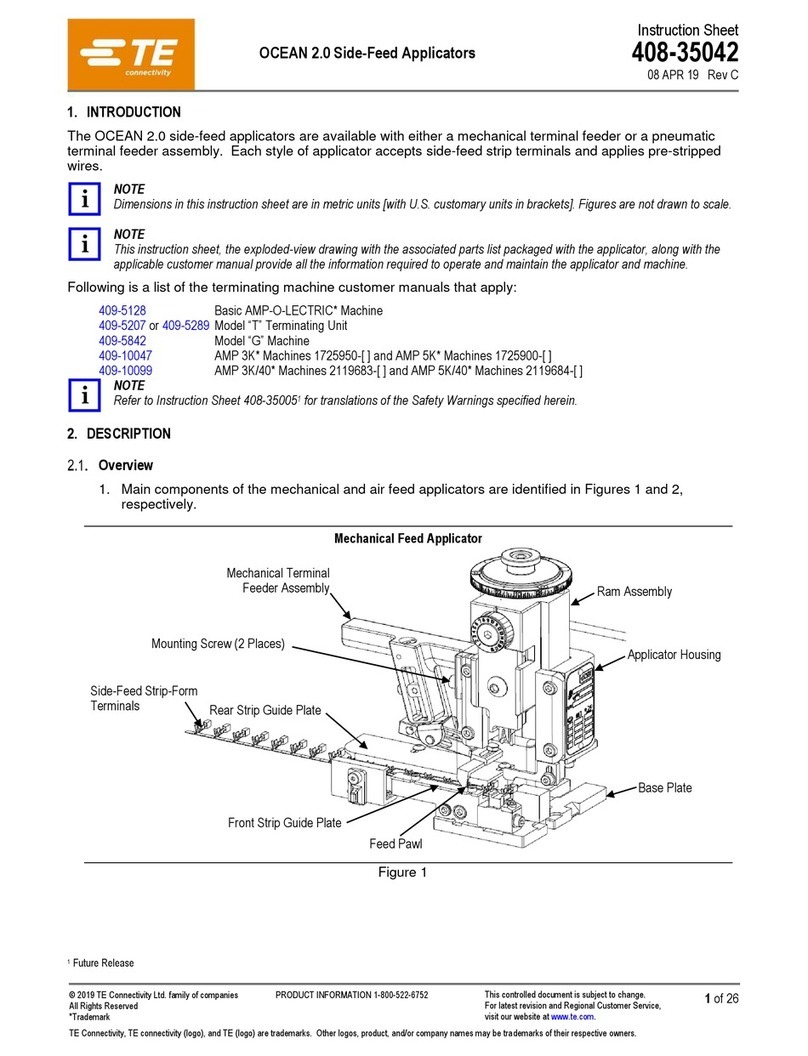
TE Connectivity
TE Connectivity OCEAN 2.0 User manual

TE Connectivity
TE Connectivity 1976330-1 User manual

TE Connectivity
TE Connectivity 2393337-1 User manual
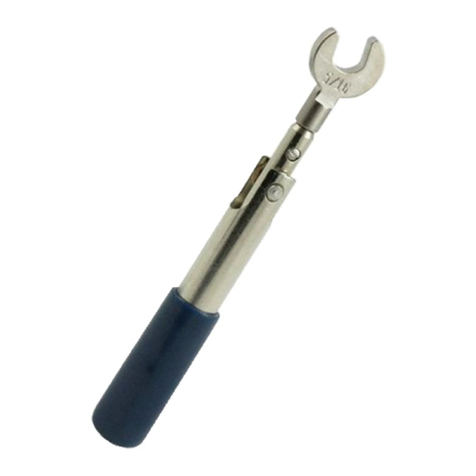
TE Connectivity
TE Connectivity 1055258-1 User manual

TE Connectivity
TE Connectivity 539 666-2 User manual

TE Connectivity
TE Connectivity 2390879-1 User manual
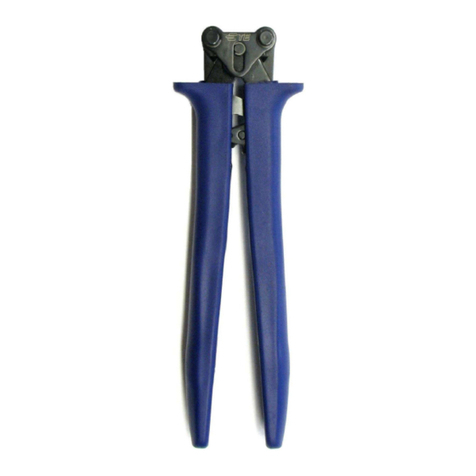
TE Connectivity
TE Connectivity SOLARLOK PN 1-1579004-1 User manual

TE Connectivity
TE Connectivity 1901343 Series Reference guide
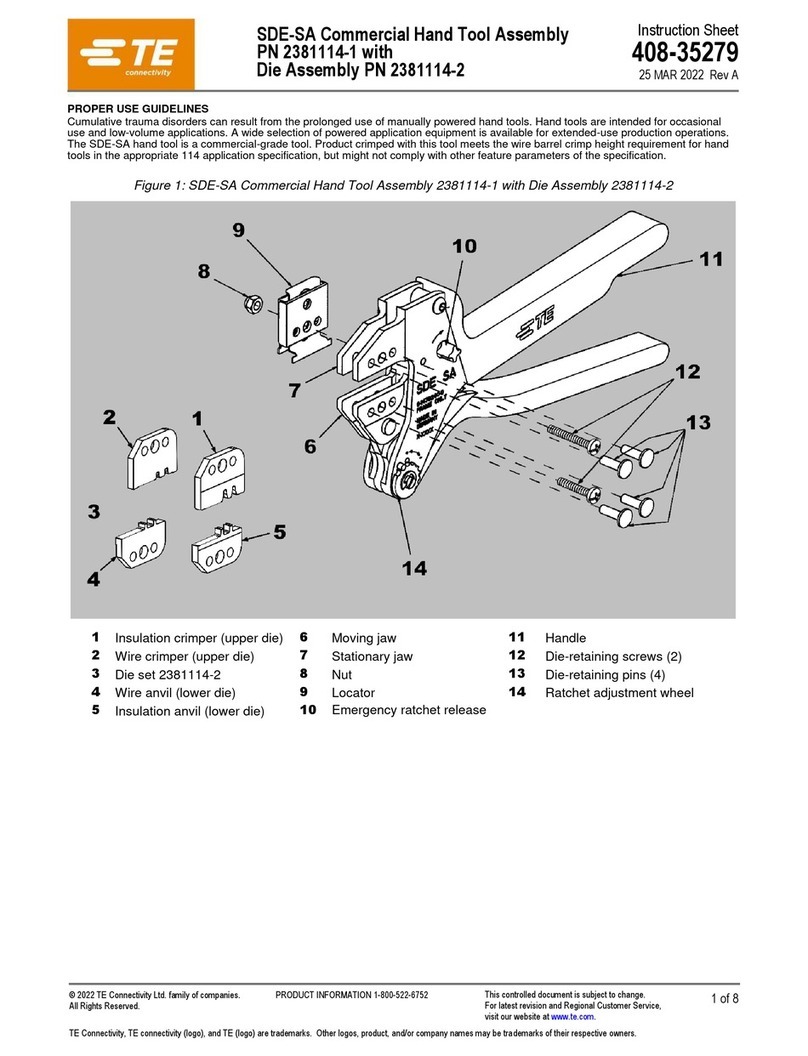
TE Connectivity
TE Connectivity 2381114-1 User manual
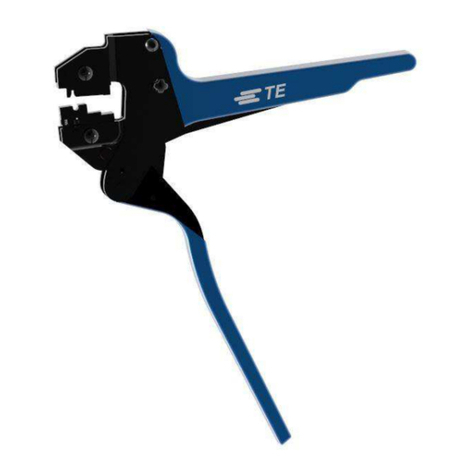
TE Connectivity
TE Connectivity MATE-AX 2335290-1 User manual
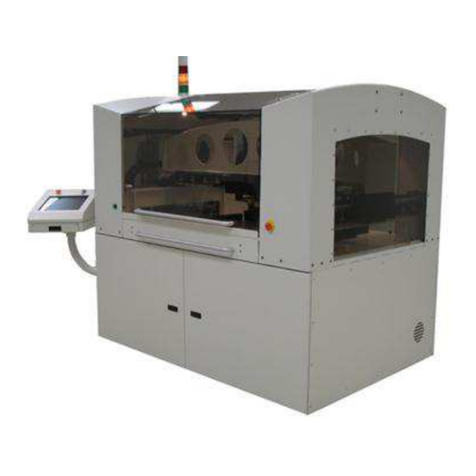
TE Connectivity
TE Connectivity CAPI-6T User manual

TE Connectivity
TE Connectivity ERGOCRIMP 7-1579004-1 User manual

TE Connectivity
TE Connectivity SDE-SA User manual

TE Connectivity
TE Connectivity 2363592-1 User manual
